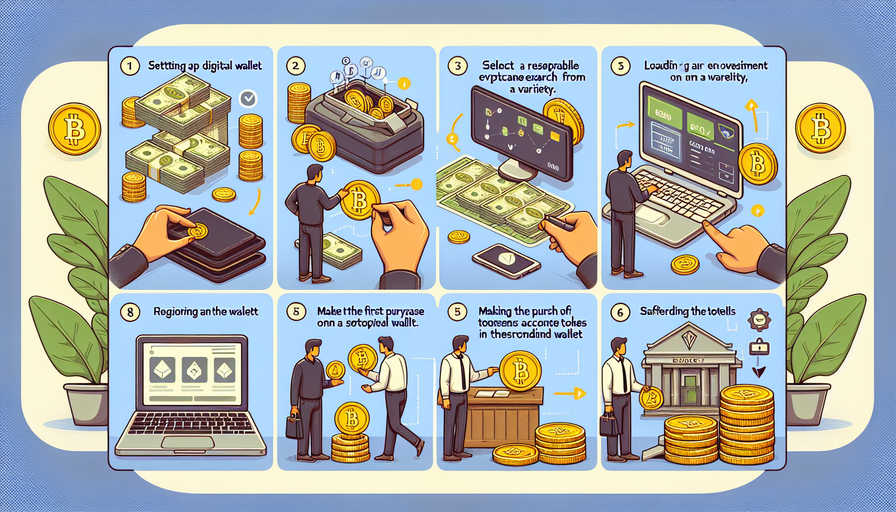Consumer Price Index (CPI) is a widely-used economic indicator that measures changes in the price level of a basket of goods and services purchased by households. It provides valuable insights into inflation, cost of living adjustments, and can help policymakers make informed decisions. Calculating CPI involves several steps that are crucial for understanding economic trends and making financial forecasts.
Understanding the Components of CPI
Before diving into the calculation process, it’s essential to understand the components that make up the Consumer Price Index. The CPI basket typically includes a variety of goods and services such as food, housing, transportation, healthcare, and education. Each item in the basket is assigned a weight based on its importance in the average consumer’s spending habits.
Gathering Data for CPI Calculation
To calculate CPI, you need data on the prices of items in the basket at two different time periods – a base period and a comparison period. The base period serves as the reference point with an assigned index value of 100. Prices from this period will be used to compare against prices from subsequent periods.
Calculating Price Indexes
The first step in calculating CPI involves computing price indexes for each item in the basket. The formula for calculating a price index is:
Price Index = (Price in Comparison Period / Price in Base Period) x 100
By applying this formula to each item in the basket, you will obtain individual price indexes that reflect how prices have changed over time.
Calculating Weighted Average Price Index
After determining price indexes for all items in the basket, you need to calculate a weighted average price index. This involves multiplying each item’s price index by its assigned weight and summing up these values across all items.
Weighted Average Price Index = Σ (Weight x Price Index)
Calculating CPI
Once you have calculated the weighted average price index, you can derive the Consumer Price Index by dividing this


